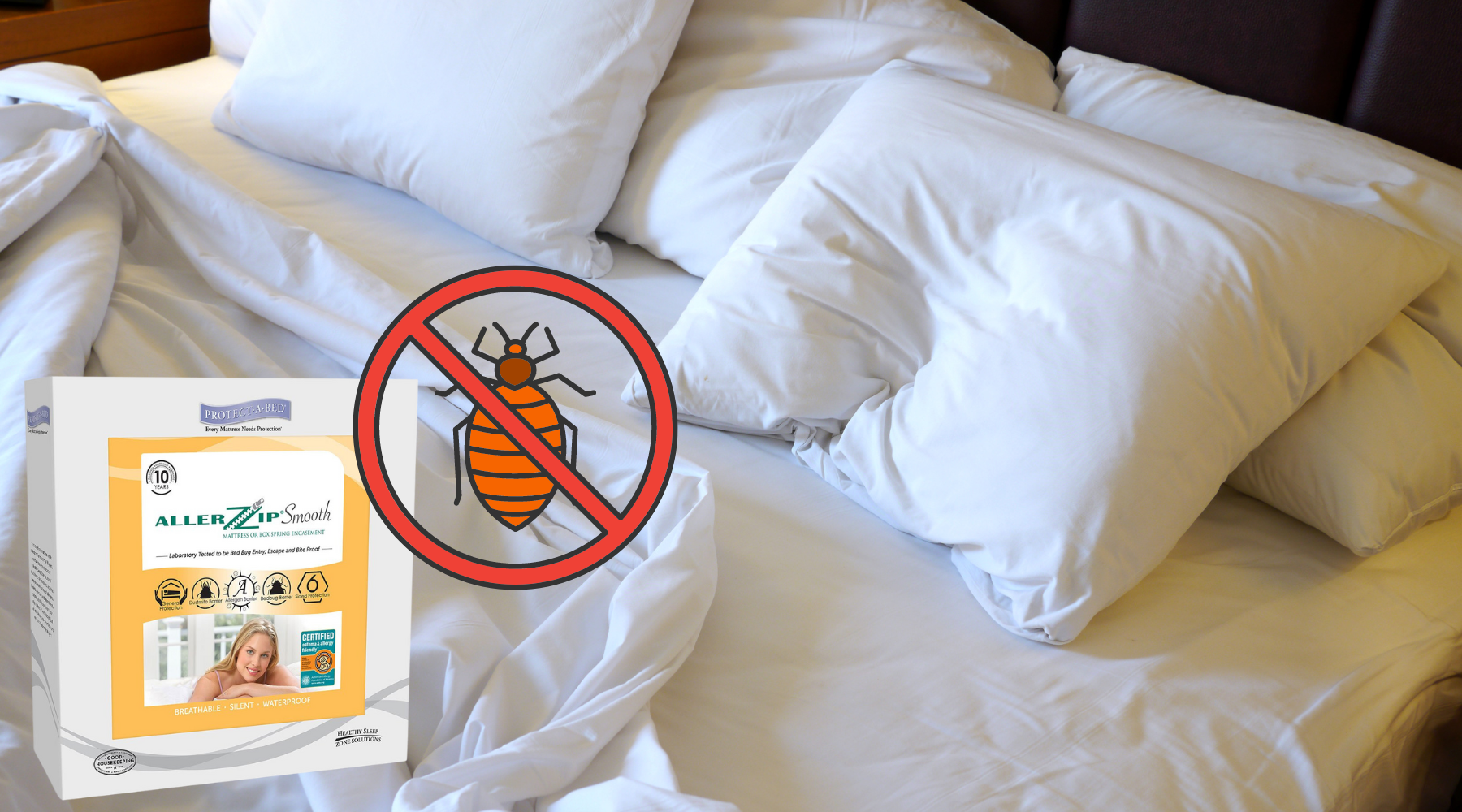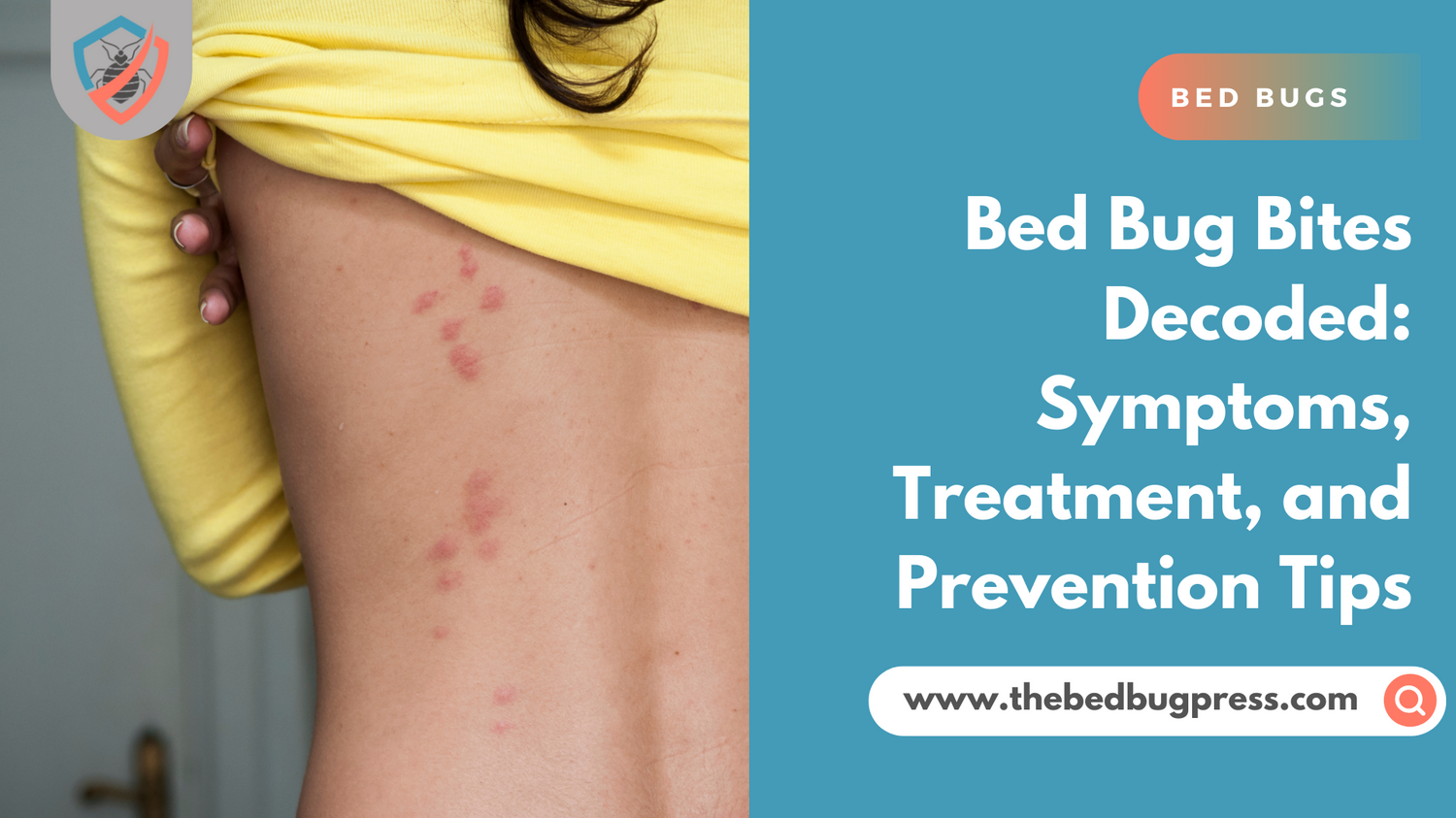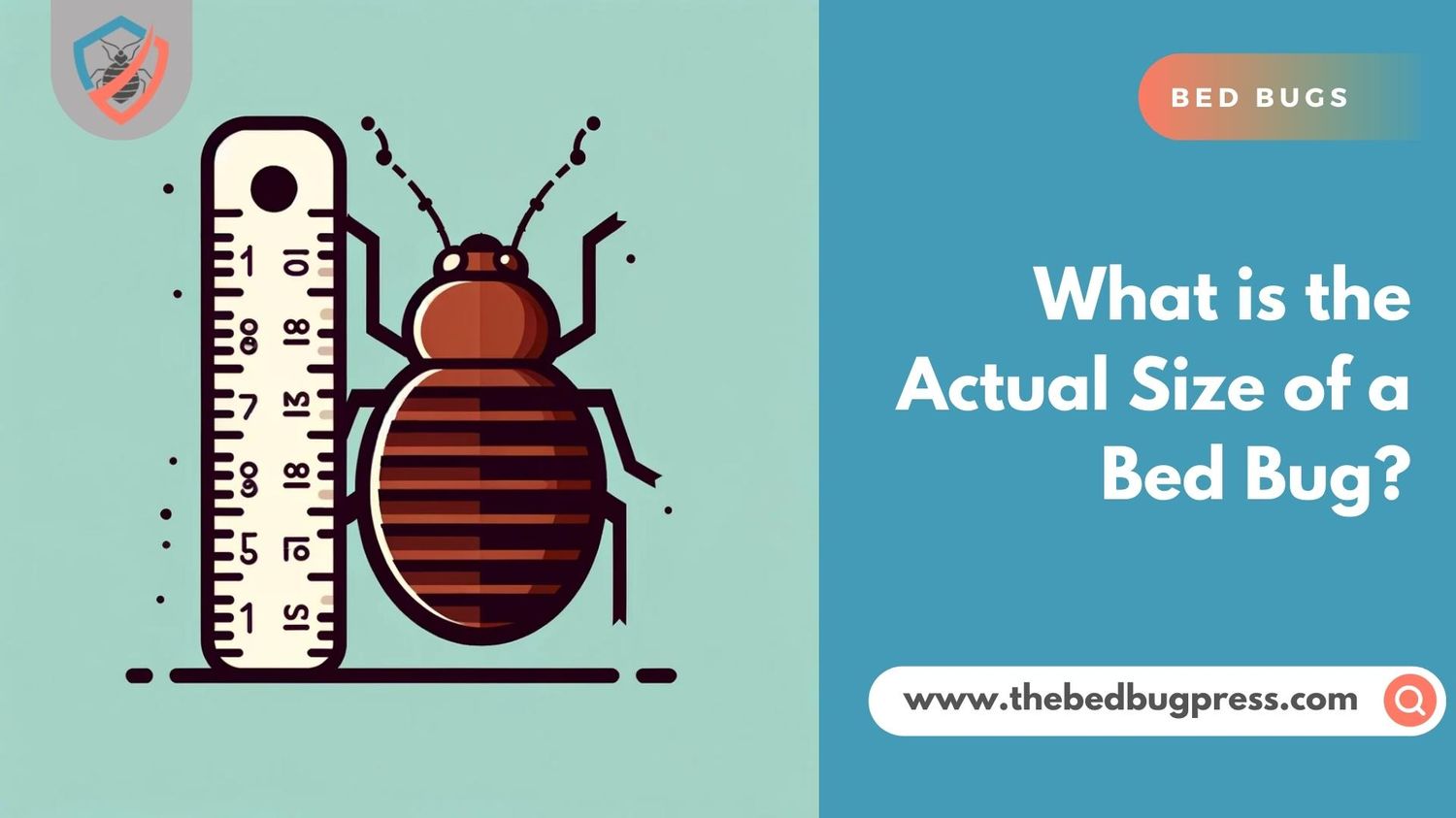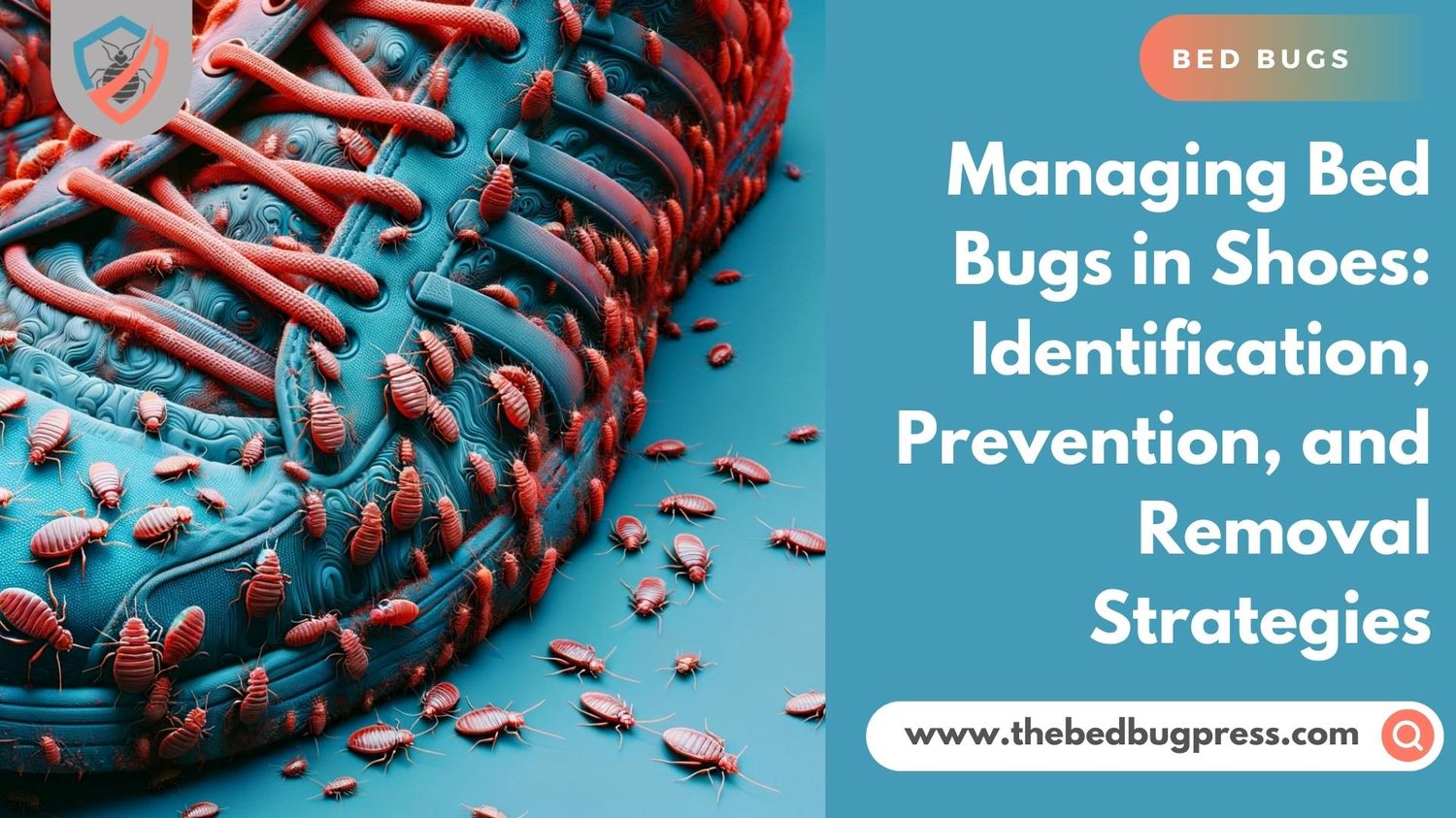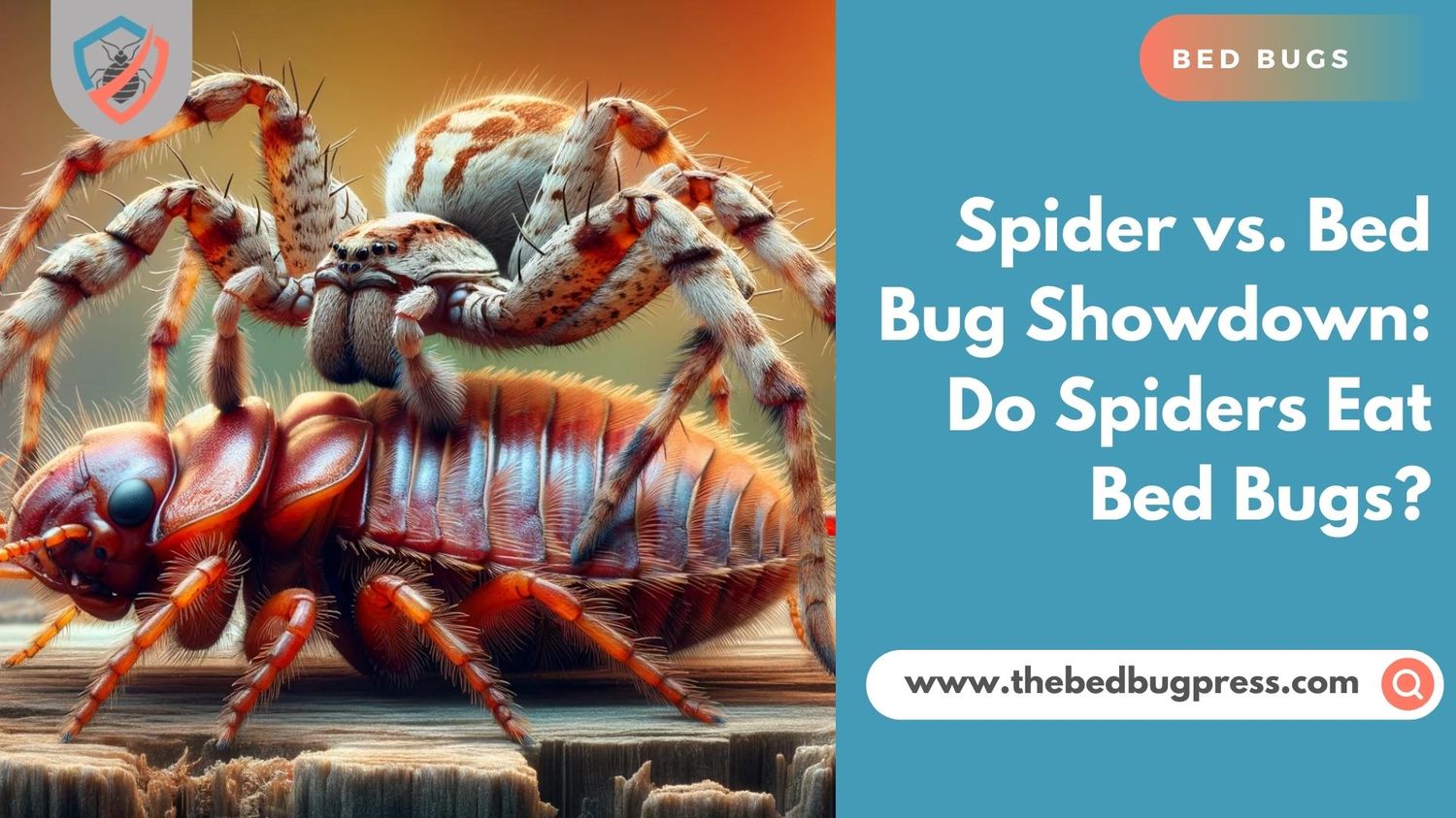Unwanted visitors in your bed can quickly turn a peaceful slumber into a restless nightmare. As the notorious bed bugs continue to haunt our sleep, a burning question arises: Are there mattress covers that can shield our precious beds from their relentless invasion?
You should learn more about bedding protection against bed bugs. Read on and you will get to know more about the remarkable potential of bedbug-proof covers to turn your nights into serene sanctuaries, free from the unwelcome presence of bugs.
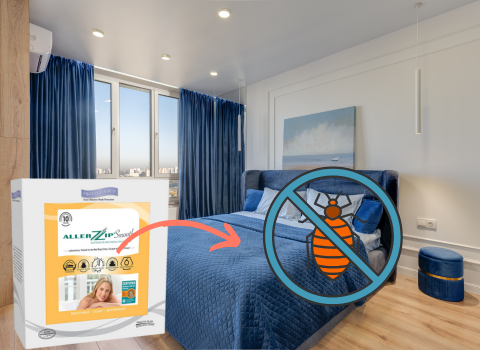
Bed Bug Repellent Sheets: How Do They Work?
In the battle against bed bugs, a new weapon has emerged: bed bug-repellent sheets. These innovative bedding companions claim to keep those pesky insects at bay, promising undisturbed nights of blissful sleep. But how exactly do these repellent sheets work their magic? Get to know below.
Bed bug repellent sheets employ a combination of cutting-edge technology and clever design to deter bed bugs from infesting your sleeping space. These sheets are typically infused with natural or synthetic repellent agents known to repel bed bugs. The most common repellents used include essential oils like lavender, peppermint, and tea tree oil, as well as synthetic chemicals such as permethrin.
When these sheets come into contact with bed bugs, the repellent agents release a scent or chemical barrier that disrupts the insects’ sensory receptors, making it difficult for them to locate and latch onto their human hosts. The strong odors emitted by the infused repellents act as a powerful deterrent, effectively driving the bed bugs away.
Additionally, some bed bug-repellent sheets incorporate physical barriers into their design. These sheets are constructed using tightly woven fabrics or microfiber materials with extremely fine pore sizes. The dense weave creates a physical barrier that bed bugs cannot penetrate, preventing them from reaching your skin and causing those itchy, sleepless nights.
Keep in mind that while bed bug-repellent sheets can provide an added layer of protection, they are not a foolproof solution. Bed bugs are resilient creatures and can find alternative routes to reach their desired destination. Therefore, it’s crucial to adopt a comprehensive approach to bed bug prevention and control, including regular cleaning, vacuuming, and professional extermination if necessary.
In the quest for peaceful, bed bug-free nights, bed bug-repellent sheets have emerged as a promising defense. By utilizing the power of repellent agents and physical barriers, these sheets strive to create an inhospitable environment for bed bugs, keeping them at bay and allowing you to sleep undisturbed.
Where to Buy Bed Bug Mattress Covers?
When you’re looking to buy sheets for dealing with those bed bugs, you’ll find a variety of choices to explore. Here are some common places where you can buy bed bug mattress cover:
Online Retailers:
Popular online marketplaces like Amazon, eBay, and Walmart offer a wide range of bed bug mattress cover from various brands. You can browse through their extensive collections, read customer reviews, and compare prices to make an informed choice.
Bedding and Home Goods Stores:
Physical stores specializing in bedding and home goods often carry bed bug mattress cover in their inventory. Visit local stores in your area and check their bedding sections to find bed bug mattress cover that suit your preferences.
Pest Control Suppliers:
Companies that specialize in pest control products may also offer bed bug mattress cover as part of their inventory. These suppliers understand the importance of prevention and may provide specialized sheets designed to repel bed bugs effectively.
Specialty Bedding Stores:
Some bedding stores specifically focus on providing solutions for common sleep-related issues, including bed bugs. These specialty stores may carry a selection of bed bug mattress cover that caters to customers looking for enhanced protection against infestations.
Directly from Manufacturers:
Reach out to manufacturers that produce bed bug mattress cover directly. Many manufacturers have their own websites where you can browse their products, learn about their features, and make a purchase directly from them.
Remember to consider factors such as material quality, size compatibility with your mattress, customer reviews, and return policies when deciding where to buy a bed bug mattress encasement. It’s important to choose a reputable source that offers reliable products to ensure you get the best possible protection against bed bugs.
What Are Sheets for Bed Bug Proofing Called?
Sheets specifically designed for bed bug proofing are commonly referred to as “bed bug encasements” or “bed bug mattress covers.”
These specialized sheets act as protective barriers, encasing the mattress and/or box spring to prevent bed bugs from infesting or escaping from these areas.
Bed bug encasements are typically made of durable materials, such as tightly woven fabrics or microfiber, with fine pore sizes that bed bugs cannot penetrate. These encasements often feature zipper closures and reinforced seams to ensure a secure and snug fit around the mattress or box spring, effectively trapping any existing bed bugs inside and preventing new infestations.
Do Bed Bug Mattress Cover for Mattresses and Box Springs Work?
Yes, a bed bug mattress encasement designed for mattresses and box springs can be effective in preventing and managing bed bug infestations. These specialized sheets, often referred to as bed bug encasements or mattress covers, create a protective barrier that helps in several ways:
Enclosure:
Bed bug mattress cover fully encases the mattress and box spring, covering them from all sides. This prevents bed bugs from entering or exiting these areas and reaching you from getting bed bug bites, effectively trapping any existing bed bugs inside the encasement.
Prevention:
Bed bug encasements act as a preventive measure by blocking bed bugs from infesting the mattress and box spring in the first place. The tightly woven fabric or microfiber material with fine pore sizes acts as a physical barrier that bed bugs cannot penetrate.
Early Detection:
Mattress protectors make it easier to detect and monitor bed bug activity. The smooth surface of the encasement makes it difficult for bed bugs to hide, and any signs of bed bugs, such as excrement or shed skins, are more visible on the encasement’s surface. This allows for early identification and prompt action to address the infestation.
Convenience:
Bed bug mattress covers are typically designed to be durable and easy to clean. They are often waterproof or water-resistant, protecting the mattress and box spring from spills or accidents. Additionally, they are generally machine washable, making it convenient to maintain cleanliness and hygiene.
Using a bed bug mattress cover alone does not guarantee the complete elimination of a bed bug infestation. They should be a part of the comprehensive approach to your bed bug control efforts.
How Long Do Bed Bugs Live on Bed Bug Mattress Covers?
Bed bugs can survive for varying durations on bed bug mattress covers, depending on several factors. Generally, bed bug mattress covers are designed to be resistant to bed bug infestations and make it difficult for bed bugs to thrive. Here are a few key points to consider:
Existing Infestation:
If bed bugs are already present inside the encasement at the time of installation, they can survive for several months without a blood meal. Bed bugs can live for extended periods (up to a year or more) without feeding, especially in cooler environments.
Encasement Quality:
The effectiveness of the bed bug mattress cover plays a crucial role. High-quality encasements with tightly woven fabric and strong zipper closures are more likely to prevent bed bugs from escaping or entering. Cheaper or poorly constructed covers may have vulnerabilities that allow bed bugs to penetrate or escape.
Encasement Integrity:
Any rips, tears, or openings in the encasement can compromise its effectiveness. Bed bugs may find their way through these openings, reducing the barrier’s efficacy.
Exclusion Period:
If bed bugs are unable to feed on a host due to the presence of an encasement, they will eventually die. However, it will take time for them to die. Factors such as temperature, humidity, and the specific conditions within the encasement can influence their lifespan.
Bed bug mattress covers do not guarantee the eradication of bed bug infestations. They are typically used as part of a comprehensive approach, including professional extermination, thorough cleaning, and other preventive measures to effectively manage bed bugs.
What Are the Best Sheets to Avoid Bed Bugs?
When it comes to selecting sheets to help avoid bed bugs, there are some products you can consider getting. Here are some products that we recommend and can minimize the risk of bed bugs:
Bed Bug Mattress Cover – AllerZip®Smooth
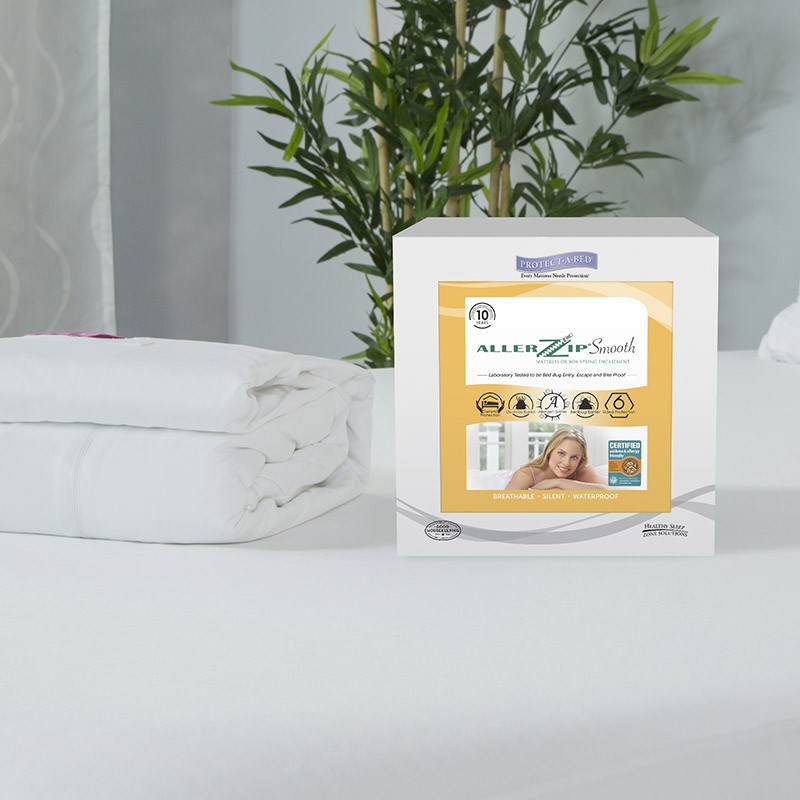
The AllerZip® Smooth bed bug mattress cover is made of a durable material with a tightly woven fabric that prevents bed bugs from penetrating or escaping from the encasement. The cover is waterproof, protecting the mattress from spills or accidents while also offering a breathable and comfortable sleeping surface.
The AllerZip® Smooth bed bug mattress cover is available in various sizes to fit different mattress dimensions. It is designed to fully encase the mattress, providing 360-degree protection. The encasement is easy to install and remove, making it convenient for regular cleaning and maintenance.
You can turn this into the best bed bug mattress encasement if you pair it with:
Bed Bug Pillow Covers – AllerZip Smooth
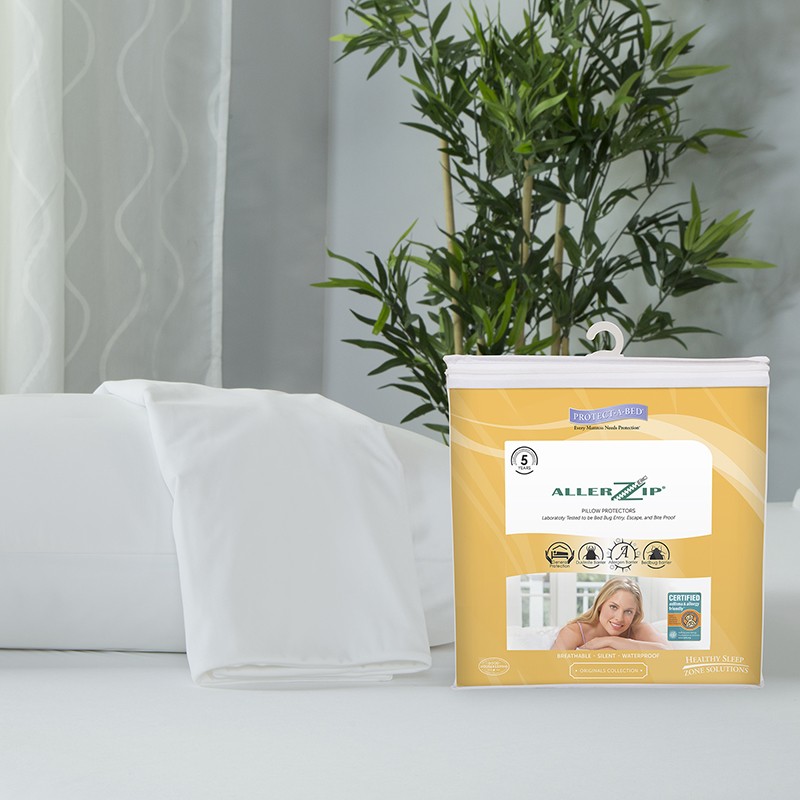
The AllerZip Smooth Pillow Protectors are typically made from a durable and breathable material that is also waterproof, safeguarding your pillows from stains, spills, and liquid damage. They are available in various sizes to accommodate different pillow dimensions.
These pillow covers are designed to encase the entire pillow, including both the top and bottom surfaces. This comprehensive coverage protects the pillow from bed bug infestations and minimizes the risk of exposure to allergens.
The products above will help in controlling bed bugs from spreading on your mattress and even on your pillows.
Should You Throw Away Sheets After Bed Bugs?
In general, it is not necessary to throw away sheets or bedding after a bed bug infestation. With proper treatment and cleaning, it is possible to salvage and reuse these items. Here are some recommended steps to follow:
Remove and Bag:
Remove the infested sheets or bedding carefully and place them directly into a large plastic bag. Seal the bag tightly to prevent bed bugs from escaping.
Launder with High Heat:
Wash the infested items using the hottest water setting allowed for the fabric. Use a dryer on high heat to thoroughly dry the items. The high temperatures will help kill any remaining bed bugs and their eggs.
Vacuum and Clean:
Vacuum your mattress, box spring, and surrounding areas thoroughly to remove any bed bugs, eggs, or debris. Use a crevice tool to reach cracks and crevices. After vacuuming, empty the vacuum cleaner bag or clean the canister to dispose of any captured bugs.
Encase the Mattress and Box Spring:
Consider using bed bug mattress protectors on your mattress and box spring. These encasements create a protective barrier that prevents bed bugs from infesting or escaping these areas.
Monitor and Inspect:
Regularly inspect your bedding and sleeping area for signs of bed bugs. Keep an eye out for fecal stains, shed skins, or live bugs. Early detection allows for prompt action if there is a resurgence of bed bugs.
While it is not necessary to discard sheets and bedding, there may be cases where severe infestations or heavily damaged items warrant disposal. If you choose to dispose of infested items, be sure to take proper precautions to prevent the spreading of bed bugs to other areas or people. Seal the infested items tightly in plastic bags and mark them as infested before disposing of them.
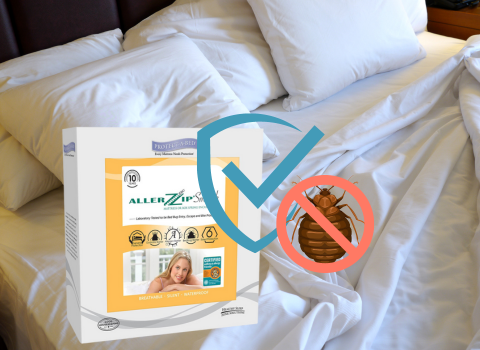
Can You Get Rid of Bedbugs by Washing Your Sheets?
Washing your sheets alone may not be sufficient to eliminate a bed bug infestation. While washing your sheets can help reduce the number of bed bugs and remove some of their eggs, it may not eliminate all the bed bugs present in your home. Bed bugs can hide in various areas besides bedding, such as cracks, crevices, furniture, and wall voids.
However, washing your sheets can be part of an overall strategy to control bed bugs. Here are some steps to consider:
Precautions:
Before removing the bedding, place it directly into a plastic bag to contain any bed bugs and prevent their spread to other areas of your home.
Washing:
Wash your sheets and other infested bedding items in hot water, preferably at a temperature of 120°F (49°C) or above. Hot water can help kill bed bugs and their eggs. Use a detergent and run a full cycle.
Drying:
After washing, transfer the bedding to a hot dryer and run it on high heat for at least 30 minutes. The high temperature will further kill any remaining bed bugs or eggs.
Bagging and Storage:
Once the bedding is clean and dry, store it in new, sealed plastic bags or containers to prevent re-infestation.
While washing your sheets can provide some relief and remove bed bugs present on the bedding, it is crucial to address the infestation comprehensively. Read more about properly washing your bed sheets with bed bugs here.
Consult with a professional pest control service to develop a thorough plan of action that includes treating infested areas, identifying, and sealing entry points, and implementing preventive measures to minimize the risk of re-infestation.

